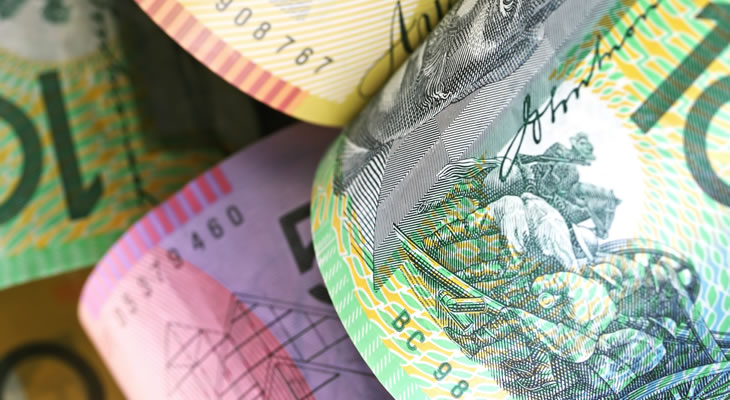Pound Sterling Australian Dollar (GBP/AUD) Exchange Rate Rises on Potential Delay to Brexit Deadline
News that MPs could delay the Brexit deadline if the proposed Withdrawal Agreement fails to win parliamentary backing, as widely expected, gave Pound Sterling (GBP) a solid boost.
As the odds of the UK crashing out of the EU without a deal appeared to decline this encouraged investors to buy back into the Pound on Monday morning.
The prospect of the March deadline being pushed back, potentially by as much as ‘several months’, diminished some of the recent sense of worry surrounding the UK’s future.
This helped to shore up the Pound Sterling to Australian Dollar (GBP/AUD) exchange rate, even though any potential delay has yet to be agreed.
Brexit-based volatility is still likely to weigh on the Pound in the weeks to come, though, as markets brace for the fallout of the parliamentary vote on Theresa May’s proposed deal.
Contraction in Chinese Manufacturing Weighs Down Australian Dollar (AUD)
Confidence in the risk-sensitive Australian Dollar (AUD) was limited by the underwhelming nature of China’s latest manufacturing PMI.
In a disappointing development the PMI dipped from 50.0 to 49.4, following up a month of stagnation with a contraction in sector activity.
This added weight to worries that the world’s second largest economy is slowing, encouraging investors to sell out of the Australian Dollar in favour of safe-haven assets.
With global growth forecast to slow further in 2019 this weaker showing from the Chinese economy left markets with little cause for confidence at the start of the week.
AUD exchange rates also came under pressure from November’s Australian private sector credit data, with growth easing from 0.4% to 0.3% on the month.
The Australian Dollar is unlikely to find any significant rallying point this week, although fresh volatility looks likely on the back of Friday’s US payrolls data.
Pound Sterling (GBP) Exchange Rates Vulnerable Ahead of UK PMIs
While the Pound remains vulnerable to any political developments focus will also turn towards December’s UK PMIs in the days ahead.
The latest raft of manufacturing, construction and services PMIs may put the GBP/AUD exchange rate under renewed pressure if signs point towards weaker growth.
After the mixed nature of November’s PMIs any fresh signs of a slowdown could weigh heavily on demand for the Pound, with a weaker showing likely to reflect in a softer fourth quarter gross domestic product reading.
On the other hand, the mood of GBP exchange rates could improve further if the services PMI shows a rebound from November’s reading of 50.4.
A more resilient service sector may encourage greater confidence in the outlook of the UK economy, encouraging hopes of a further recovery in the first quarter of 2019.
With the uncertainty of Brexit still looking large over the economic outlook, however, the GBP/AUD exchange rate could struggle to find significant upside potential.


Comments are closed.